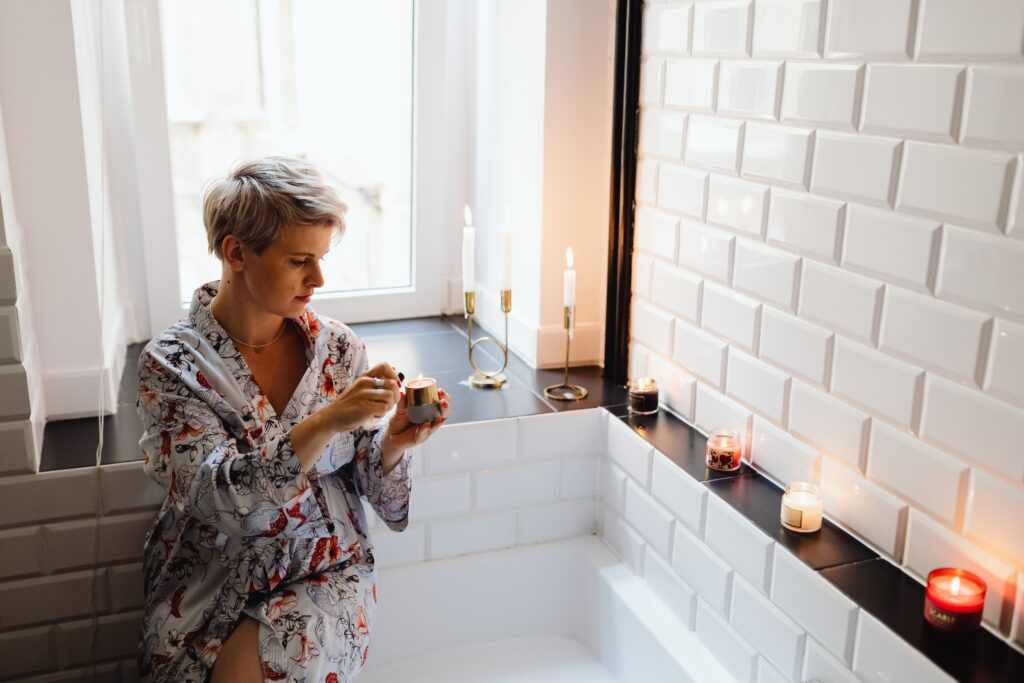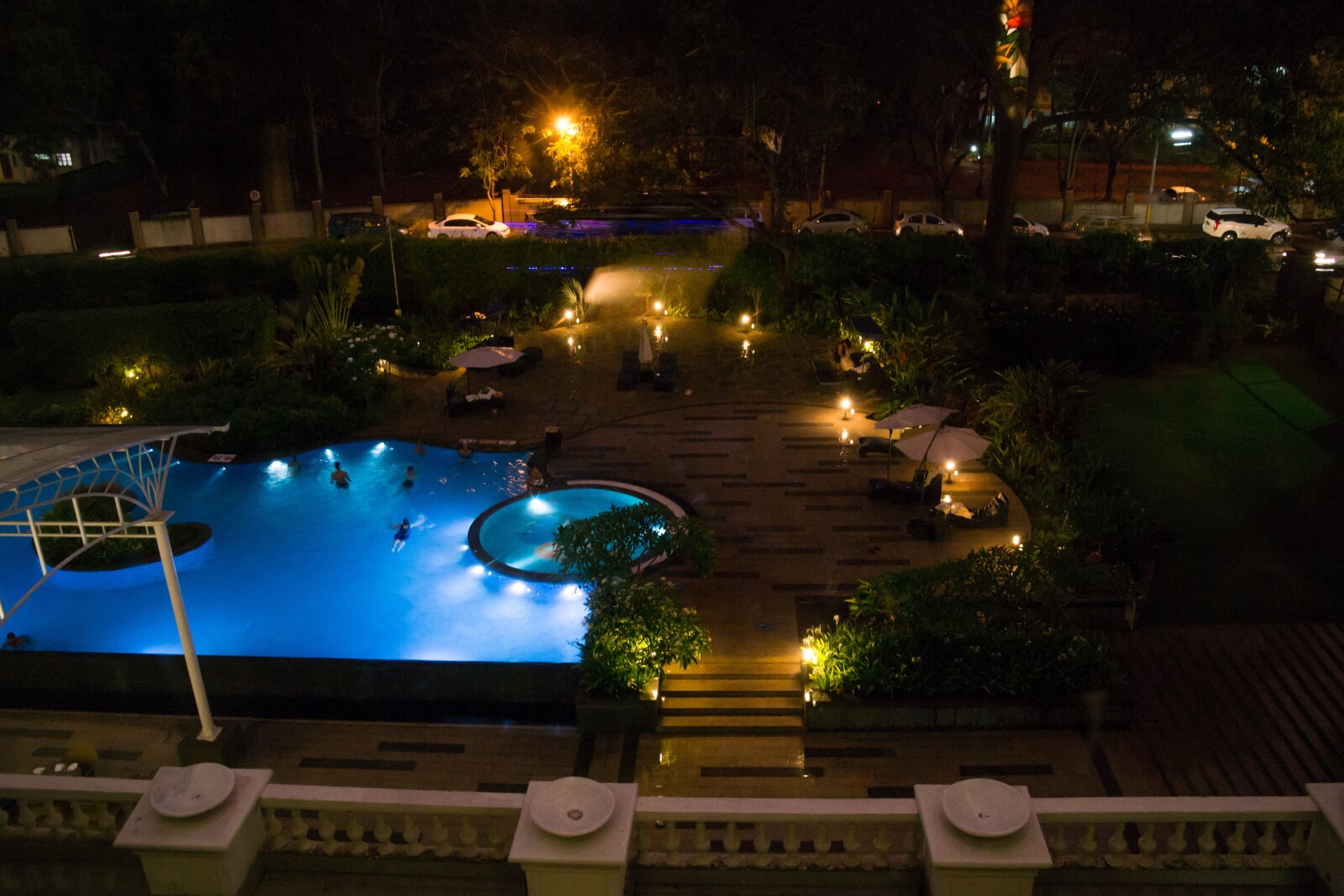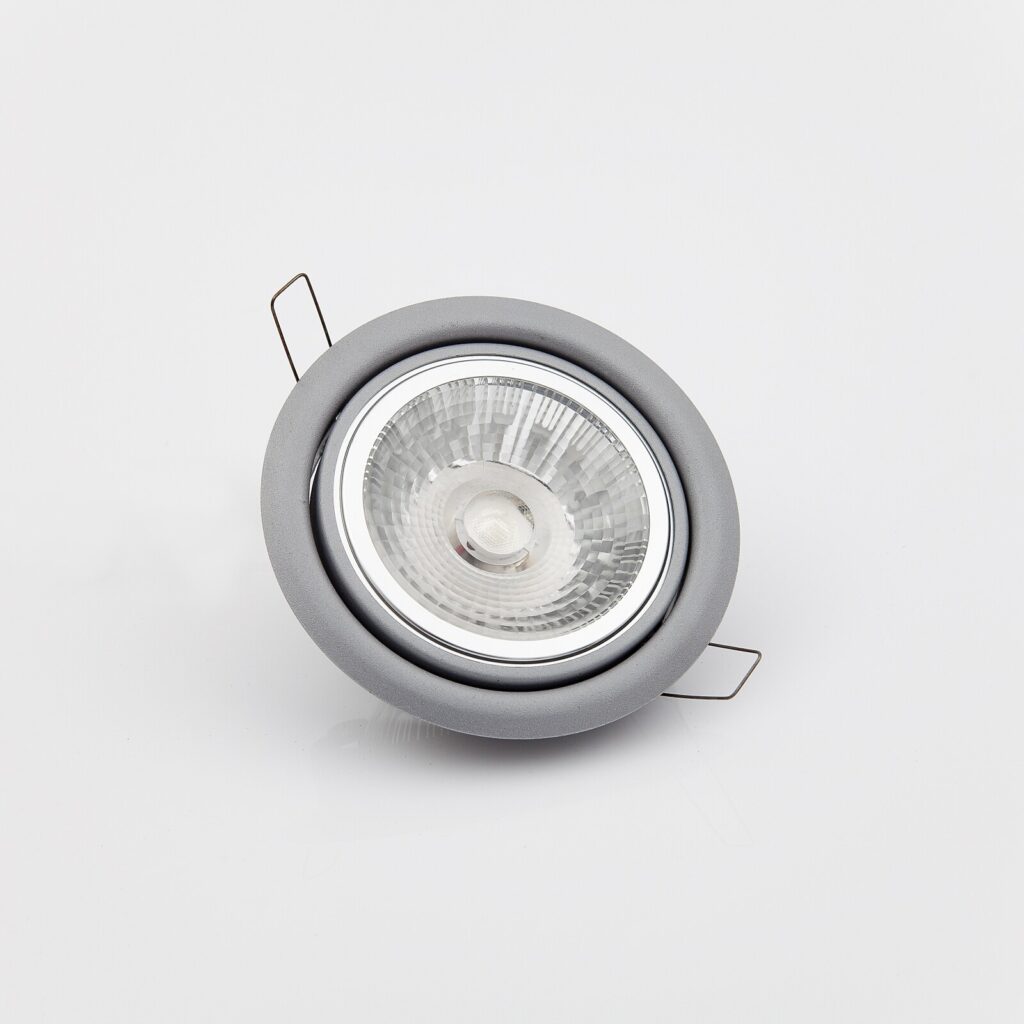What Is Direct and Indirect Lighting?
Lighting plays a crucial role in the overall ambiance of any space. It can make or break the mood and even impact productivity levels. Direct and Indirect lighting are two techniques that interior designers use to create different effects in a room. But what exactly do these terms mean? In this blog post, we will go over all the details of direct and indirect lighting, its characteristics, practical applications, advantages, disadvantages, and how to decide which one is best for your space. We will also explore whether they can coexist and if the choice of lighting impacts the mood of a room. Join us as we unravel the world of direct and indirect lighting!
Understanding Direct Lighting

Direct lighting fixtures deliver intense illumination to specific areas, making them perfect for showcasing art pieces and creating focal points in a room. Examples of direct lighting include track lighting and wall lights. Art galleries commonly use these fixtures to highlight specific objects with direct illumination. Direct light fixtures in your space can draw attention to key elements and enhance the overall ambiance.
Characteristics of Direct Lighting
Characteristics of direct lighting encompass the creation of hot spots in functional areas and the emission of strong illumination from fixtures. This type of illumination can lead to eye strain if not properly utilized. Direct lighting fixtures typically employ flood lights, such as wall or track lighting, to highlight specific areas and objects. Examples of direct illumination can be found in art galleries, where it creates focal points within the space.
Practical Applications of Direct Lighting
Practical applications of direct lighting include task lighting, highlighting specific art pieces, wall washers, accent lighting, and creating specific focal points. Direct lighting fixtures are commonly used for track lighting, and examples of direct lighting can be seen in wall lights and direct light fixtures. This type of illumination is ideal for emphasizing particular areas and objects, providing direct illumination where needed.
Pros and Cons of Direct Lighting
Direct lighting fixtures provide strong illumination for a desired effect and consume less electricity for energy efficiency. They can cover larger areas with specific directions but may cause glare in certain areas. However, they are less suitable for the general lighting of an entire space. Examples of direct lighting include track lighting, wall lights, and other direct light fixtures, making them ideal for highlighting specific areas and creating specific focal points.
Advantages of Direct Lighting
Direct illumination fixtures provide targeted area lighting, ensuring specific objects or spaces are well-lit. They are energy efficient, consuming minimal electricity while offering strong illumination for accentuating focal points. Ideal for functional areas, direct lighting examples include track and wall lights. These fixtures are practical for creating specific visual effects and adding depth to the ambiance. Direct light fixtures serve as effective solutions for highlighting artwork and enhancing the overall aesthetic appeal of a space.
Disadvantages of Direct Lighting
While offering strong illumination, direct lighting fixtures may cause glare in specific areas and are less suitable for ambient lighting or general illumination of an entire space. Improper use can lead to eye strain, and they are not ideal for creating indirect lighting effects. Examples of direct lighting, such as track lighting and wall lights, illustrate these limitations, making it essential to consider the specific requirements of each space before opting for direct illumination.
An Insight into Indirect Lighting
Indirect lighting fixtures produce ambient illumination, creating a soft and diffused light source that fills the room with a gentle glow. These fixtures offer indirect illumination, making a space comfortably lit without harsh glare. They are suitable for the general lighting of an entire room and are commonly used in interior design to create a cozy and inviting atmosphere. Incorporating wall lights and track lighting are examples of how indirect lighting can be utilized effectively.

Features of Indirect Lighting
Indirect lighting fixtures utilize light sources that are not directly visible. These fixtures are designed to create ambient lighting for an entire space, contributing to a soft and diffused light source. They employ specific lighting plans to achieve the desired effect and provide indirect illumination, reducing eye strain. Additionally, they are oriented in a specific direction to achieve the desired indirect lighting effect.
Utilizing Indirect Lighting in Your Space
Utilizing indirect lighting fixtures in your space can enhance the ambiance by creating soft, diffused light sources. They are perfect for living room ambient lighting and effective for reducing eye strain in home offices. Indirect lighting fixtures are also ideal for focusing on specific areas and creating indirect illumination with ceiling or pendant lights. Using a specific lighting plan, they contribute to a warm and inviting atmosphere, making them a popular choice for interior design.
Advantages and Disadvantages of Indirect Lighting
Indirect lighting fixtures offer energy efficiency, consuming less electricity. They create ambient lighting for larger areas, reducing eye strain with indirect illumination. However, they are less suitable for accent lighting and may not be effective for specific spotlighting. In conclusion, while indirect lighting fixtures provide energy efficiency and reduced eye strain benefits, they may not be suitable for accent lighting or specific spotlighting.
Benefits of Indirect Lighting
Indirect lighting creates a gentle, ambient radiance throughout the room, reducing glare and fostering a more welcoming atmosphere. It effectively highlights specific objects or areas while helping alleviate eye strain and promote comfort. Additionally, indirect lighting fixtures are energy-efficient, contributing to decreased electricity expenses. Using wall and track lighting, indirect illumination offers a perfect balance of practicality and aesthetics, making it an excellent choice for various spaces.
Drawbacks of Indirect Lighting
Indirect lighting may need strong illumination, especially in larger areas, impacting overall visibility. It can create hot spots and uneven lighting, affecting functional areas negatively. Due to its nature, indirect lighting fixtures may not be suitable for tasks requiring direct light or places with particular lighting needs, such as art galleries. Sometimes, it might fail to achieve the desired effect, making it a less versatile lighting option.
Deciding Between Direct and Indirect Lighting
When choosing between direct and indirect lighting, it’s essential to consider the space’s specific design and functional requirements. Direct illumination, such as track lighting or wall lights, is ideal for task lighting and accentuating specific areas, while indirect lighting, like ambient lighting, creates a soft and inviting atmosphere. Both have unique advantages and applications, so making an informed decision can significantly enhance the overall design of a space.
Understanding the distinctions between direct and indirect lighting empowers you to create a well-balanced and visually appealing environment in your home or office. Explore the world of lighting design with our exclusive 1StopLighting coupon code, and illuminate your space with style and functionality. Brighten up your surroundings and redefine your living spaces today!
Factors to Consider
When considering lighting options, it’s essential to factor in the desired effect, energy efficiency, and specific direction of light. Room size, ceiling height, and the function of the space should be noticed as they greatly influence lighting decisions. Additionally, understanding the specific object, area, or focal point in a room, along with the overall interior design and desired ambiance, plays a significant role in choosing the most suitable lighting options.
Room Size & Design Preferences
In smaller spaces, indirect lighting can create the illusion of a more expansive and open area, enhancing the overall atmosphere. It can complement specific design preferences, particularly in establishing a cozy and inviting ambiance. Larger rooms may benefit from a mixture of both direct and indirect lighting to ensure comprehensive coverage. Design styles like minimalism often lean towards indirect lighting for its understated yet impactful illumination, accentuating architectural details and design elements.
Can Direct and Indirect Lighting Coexist?
Combining direct and indirect lighting sources is great for creating a layered and versatile lighting scheme. You can achieve direct and indirect illumination using track lights, pendant lights, wall sconces, and floor lamps. This allows for flexibility in adjusting light levels and creating specific moods.
Does the Choice of Lighting Impact the Mood of the Room?
The choice of lighting can significantly influence the mood of a room. Indirect lighting creates a calming and relaxing atmosphere, while direct lighting evokes energy and focus. Proper lighting design enhances aesthetics and visual comfort, allowing for intentional and tailored lighting solutions.
Frequently Asked Questions:
1. What is an example of indirect lighting?
An example of indirect lighting is using various fixtures such as wall sconces, floor lamps, pendant lights, or uplighting fixtures to bounce light off surfaces like ceilings or walls. This creates a soft and ambient glow in the room, adding warmth and an inviting atmosphere.
2. What is indirect and direct light?
Understanding indirect and direct light is crucial in interior design. Direct lighting illuminates surfaces or objects directly, creating shadows and highlights. On the other hand, indirect lighting reflects off surfaces before reaching the object, resulting in a softer, diffused look. Both types of lighting have their uses depending on the desired effect.
3. When should you use an indirect lighting source instead of a direct source?
Indirect lighting is ideal to create a soft, diffused glow and avoid harsh shadows. It helps in creating a relaxed and comfortable atmosphere. On the other hand, direct lighting is more suitable for task-oriented spaces like offices and kitchens. Combining both types of lighting can help you achieve the desired effect in your space.
4. What is the definition of direct lighting?
Direct lighting is an arrangement where the light source is aimed directly at the illuminated area or object. It creates focused shadows and highlights, making it ideal for highlighting specific objects or areas. Direct lighting can be used alone or in combination with other techniques for a layered effect.
Conclusion
In conclusion, understanding direct and indirect lighting is crucial in achieving your space’s desired ambiance and functionality. Direct lighting provides focused illumination, highlighting specific areas or objects, while indirect lighting creates a soft, diffused glow that adds warmth and depth to the room. Each type of lighting has advantages and disadvantages, and the choice between them depends on factors such as the room size, design preferences, and the mood you want to create. However, it’s important to note that direct and indirect lighting can coexist harmoniously in a space, complementing each other to create a well-balanced and visually appealing environment. So, consider your needs and preferences when deciding on the lighting setup for your space, and let the light transform your room into a comfortable and inviting oasis.


